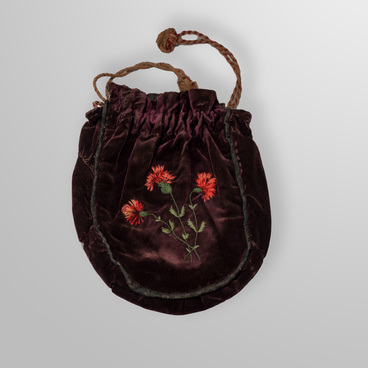Russian porcelain production developed actively throughout the 19th century. In addition to the Imperial Porcelain Manufactory, there were private enterprises established in regions with abundant deposits of ceramic clay. Many of them were on par with the “imperial” standards. One of these enterprises was the factory of Alexey Popov which continued the legacy of the Gardner Porcelain Factory.
The strong demand for porcelain products at the end of the 19th century inevitably influenced the production methods. By that time, items were rarely painted by hand. More popular techniques included printing and decal — a method of transferring a drawing from paper to a ceramic or glass surface and using a firing procedure to make the image adhere to the surface. The décor was also simplified to eliminate time-consuming processes. The most popular compositions included floral and vegetative patterns with all sorts of twigs and curls.
The displayed cup belongs to the late period of Popov porcelain. Most likely, at that time, the factory no longer belonged to the founder’s direct heirs. The product is made in the style of late classicism with elements of the Rococo revival, an abundance of gilding, oriental motifs, and elements of Rocaille.
Neither the cup’s shape nor its décor is complicated: the cup has a cylindrical body and a C-shaped handle with a small protruding scroll on the inside, and a cone-shaped lid with a gilded elongated finial.
Although the production process had already been
automated at many enterprises of that time, Popov’s factory continued to
produce hand-painted items throughout the entire period of its existence. The
displayed cup is no exception. Another distinctive feature of Popov’s products
is their rich monochrome color palette. Almost the entire surface of the cup is
covered with a green background, with insignificant white areas of uncolored
porcelain. Both the recognizable bright green shade and the “catchy” bright
blue and chestnut paints were created in the factory’s laboratory and first
used by its craftsmen.




